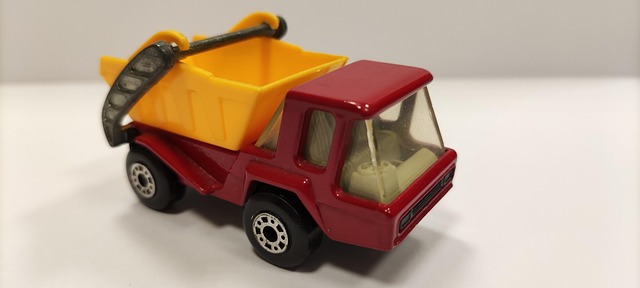Looking to register your car in California? Our step-by-step guide makes the process hassle-free. First, gather essential documents like proof of ownership, insurance, and identification. Then, head to your local California DMV office. Fill out the Vehicle Information Form accurately, providing details about your car. Pay the required registration fees and taxes, and don’t forget to undergo the crucial dmv VIN verification process for a smooth experience.
- Prepare Required Documents for Car Registration
- Visit Your Local California DMV Office
- Complete Vehicle Information Form Accurately
- Pay Registration Fees and Taxes
- Perform DMV VIN Verification Process
Prepare Required Documents for Car Registration

Before heading to the California Department of Motor Vehicles (DMV) to register your car, make sure you gather all the essential documents. This process is crucial for a smooth and efficient registration experience. You’ll need your vehicle’s registration certificate or release of liability from the previous owner, proof of insurance, and a valid driver’s license. Additionally, the DMV requires a completed Vehicle Registration Application form, which can be obtained online or in person.
One important step is to undergo a DMV VIN (Vehicle Identification Number) verification process, often done through a mobile vin inspection or online tools provided by the DMV. This step ensures that your car’s details match the information on file and helps prevent fraud. Having all these documents ready will save you time and potential hassle during the registration procedure.
Visit Your Local California DMV Office

Visiting your local California DMV office is a crucial step in the car registration process. Here, you’ll initiate the official paperwork and undergo essential checks like a Vehicle Identification Number (VIN) verification. This procedure ensures that your vehicle matches the details provided during the registration. A valid VIN inspection is mandatory for issuing a registration certificate.
DMV staff will guide you through the process, which typically involves presenting your car’s documents and identifying information. They may also offer services like mobile VIN verification via a trusted third-party provider to ensure convenience. This digital inspection allows you to complete the required step without having to visit the office directly, making the registration process more accessible.
Complete Vehicle Information Form Accurately

When registering your car in California, one crucial step is to ensure that all vehicle information on the Complete Vehicle Information Form is accurate and up-to-date. This includes the Vehicle Identification Number (VIN), which serves as a unique fingerprint for every car. Accurate VIN entry is essential for successful DMV vin verification, as it helps officials cross-reference your vehicle’s details with their records, ensuring that your car complies with all regulations.
Incorrectly entering or omitting information can lead to delays in the registration process or even potential issues down the line. For added convenience and accuracy during this step, consider using mobile vin verification services or vin inspection tools. These options allow you to quickly and easily verify your VIN through specialized mobile vin verifier apps, ensuring that every detail is correct before submitting your form.
Pay Registration Fees and Taxes

After completing your vehicle’s registration application at the California DMV (Department of Motor Vehicles), it’s time to settle the fees and taxes associated with car ownership. The process involves paying a registration fee, which varies depending on the type of vehicle you own. For example, the cost for registering a car or motorcycle is typically higher than that of a recreational vehicle like an ATV or boat. In addition to this, you’ll need to pay sales tax, which is based on the purchase price of your vehicle.
One important step before making these payments is to ensure accurate identification and proof of residency. Bring along valid documents such as a driver’s license, passport, or state-issued ID card. Also, remember that some counties in California offer the option for a mobile vin inspection or a mobile vin verifier service, which allows you to complete the VIN (Vehicle Identification Number) verification process from the comfort of your home or office. This can streamline the registration process and save you time at the DMV.
Perform DMV VIN Verification Process

To ensure your car’s registration goes smoothly, performing a DMV VIN verification is an essential step. Start by visiting the California DMV website, where you can access various services online. Locate the section for vehicle verification and enter your vehicle’s unique Identification Number (VIN). This process allows the DMV to cross-reference your car’s details with their records, confirming its authenticity.
A convenient alternative to traditional methods is utilizing a mobile vin verifier or undergoing a mobile vin inspection. These services send a specialist to your location, saving you time and effort. With just a few details from your vehicle registration, they can conduct a thorough check, ensuring all paperwork is in order before finalizing your car’s registration with the DMV.
Registering a car in California involves several key steps, from gathering necessary documents to completing the DMV VIN verification process. By following these straightforward procedures and ensuring accuracy throughout, you’ll have your vehicle registered and legally operational in no time. Remember, proper registration is not only essential for road safety but also demonstrates responsible ownership.



